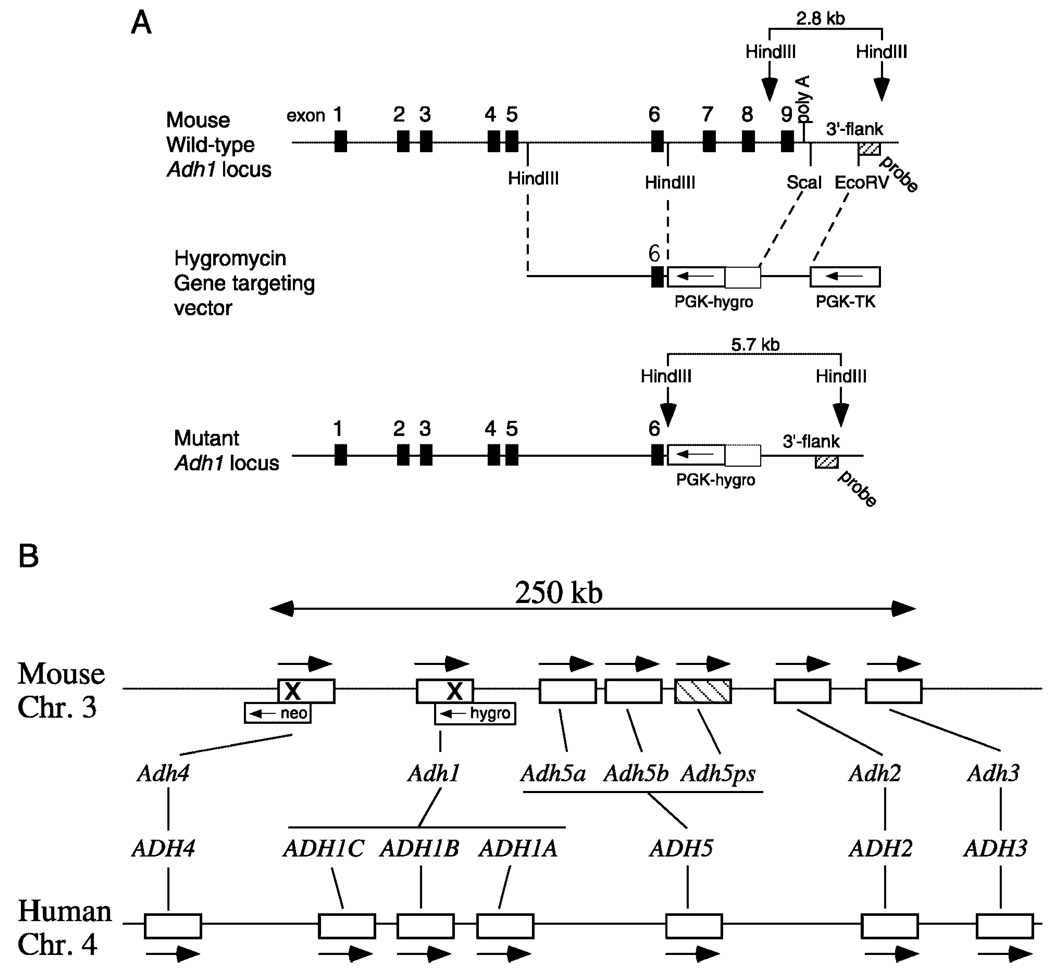FIG. 1. Targeting of both Adh1 and Adh4 on the same chromosome.
A, shown are the wild-type Adh1 gene containing nine exons, the Adh1-hygro gene replacement targeting vector, and the mutant Adh1 locus in which exons 7–9 and the polyadenylation signal have been deleted (replaced by the hygromycin resistance gene PGK-hygro). B, a comparison of the ADH gene complexes for mouse (chromosome 3) and human (chromosome 4) shows that each species contains five classes of ADH genes (numbered 1–5) arranged in the same order with arrows indicating that all genes are in the same transcriptional orientation; mouse and human differ in that mouse contains three class V genes (one being a pseudogene indicated by cross-hatching), whereas human contains three class I genes (15). For mouse, it can be seen that Adh4 and Adh1 (shown here with an X indicating the site of targeting with neomycin (neo) or hygromycin (hygro)) are located close together at the upstream end of the complex.

